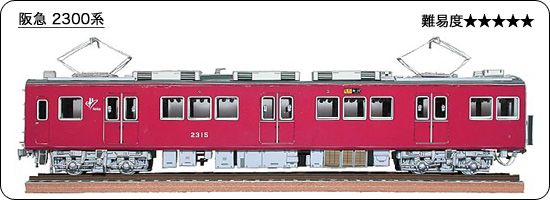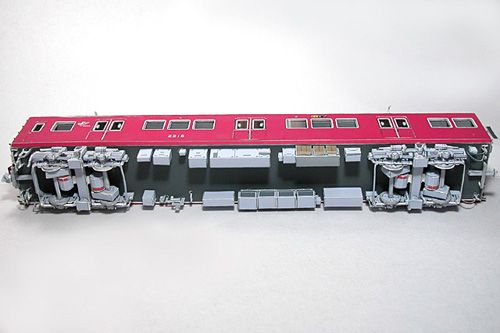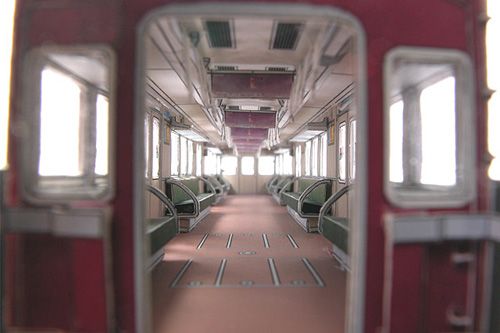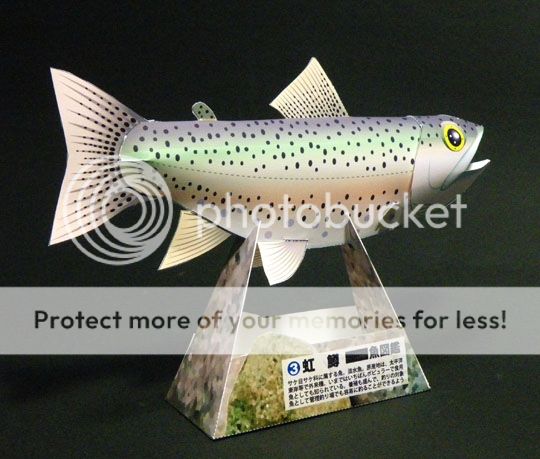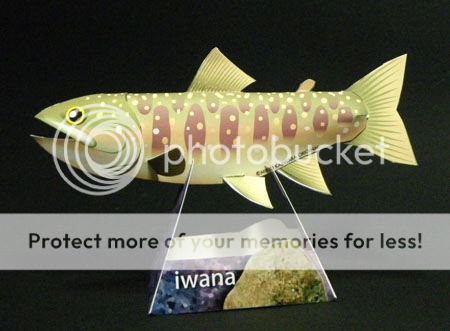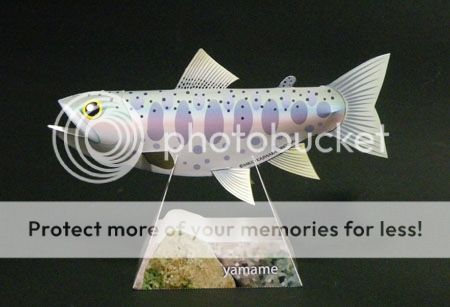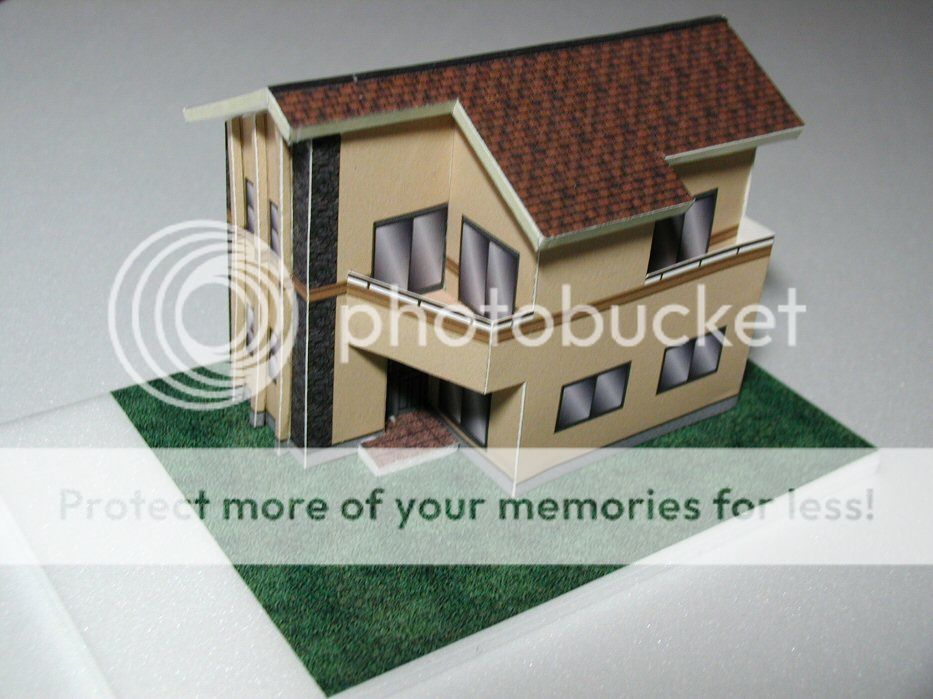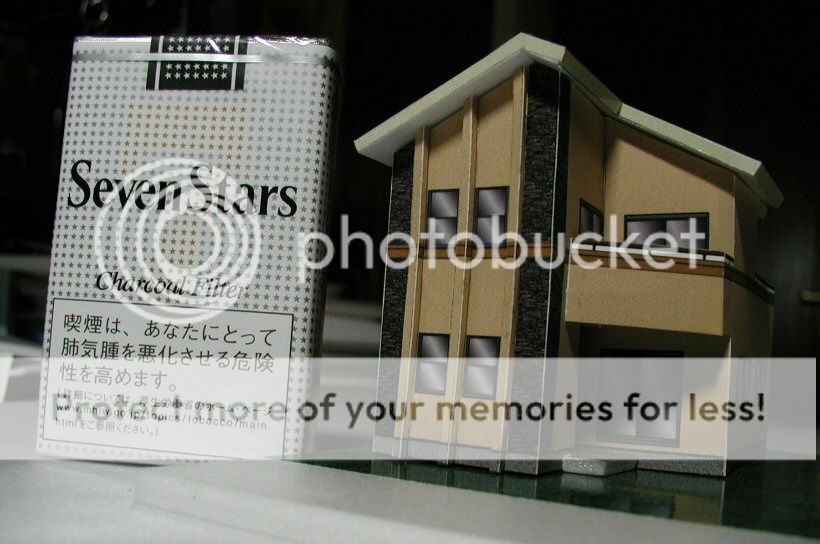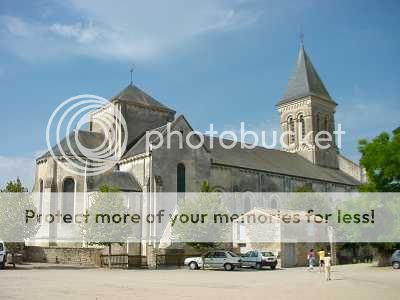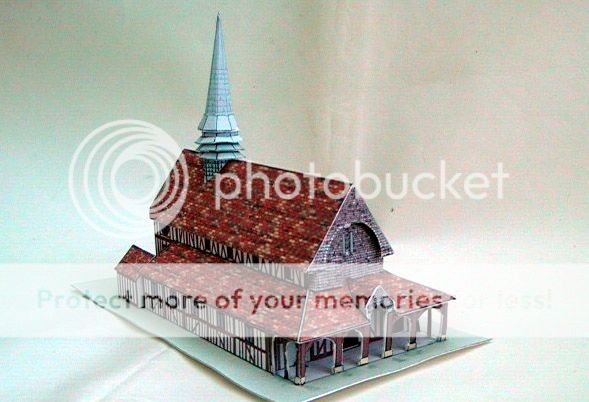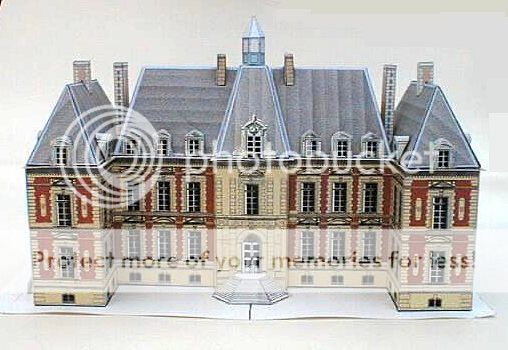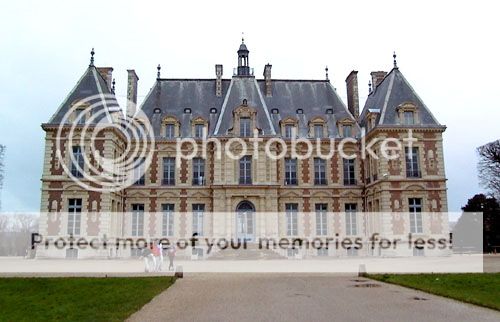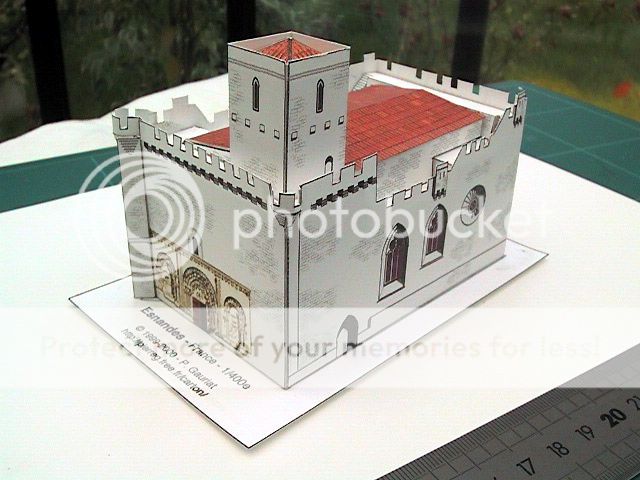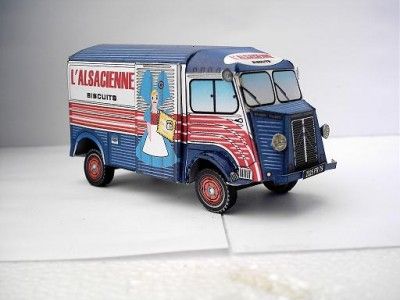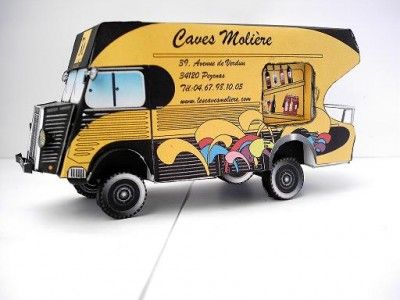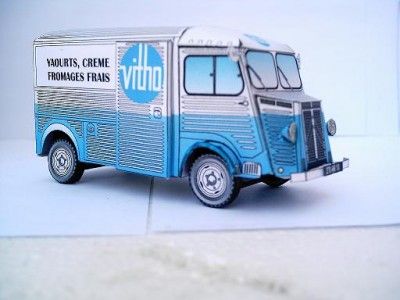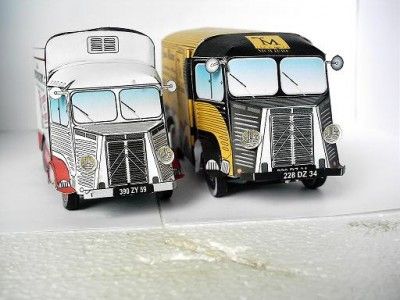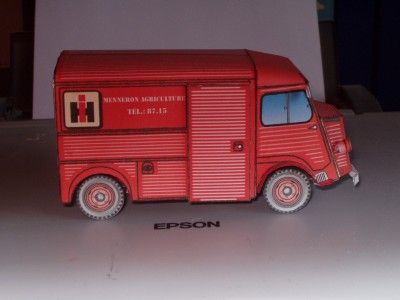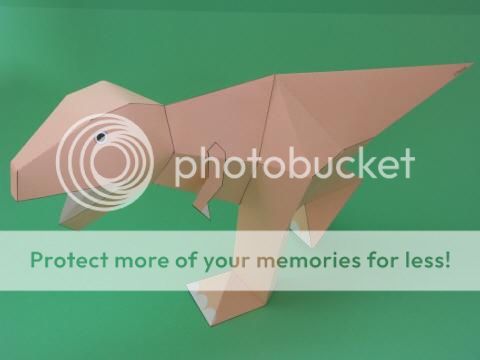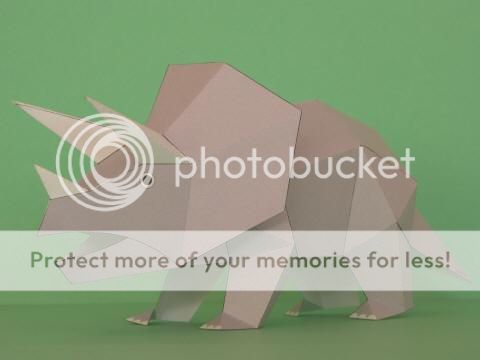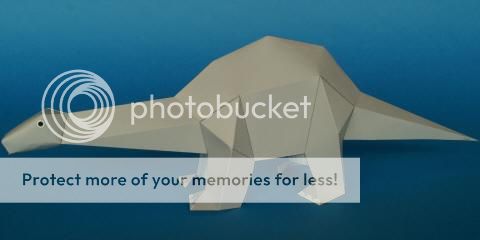 |
| Soviet Tank T 34/76 |
 |
| German Tank Panzer IV |
The Real Things

 The T-34
The T-34 was a
Soviet medium tank produced from 1940 to 1958. Although its armour and armament were surpassed by later tanks of the era, it has been often credited as the most effective, efficient and influential design of World War II. First produced at the KhPZ factory in Kharkov (Kharkiv, Ukraine), it was the mainstay of
Soviet armoured forces throughout
World War II, and widely exported afterwards. It was the most-produced tank of the war, and the second most-produced tank of all time, after its successor, the
T-54/55 series. In 1996,
T-34 variants were still in service in at least 27 countries. - wikipedia
The Panzerkampfwagen IV, commonly known as the
Panzer IV, was a medium tank developed in
Nazi Germany in the late 1930s and used extensively during the
Second World War. Its ordnance inventory designation was
Sd.Kfz. 161.
Designed as an infantry-support tank, the
Panzer IV was not originally intended to engage enemy armor—that function was performed by the lighter
Panzer III. However, with the flaws of pre-war doctrine becoming apparent and in the face of
Soviet T-34 tanks, the
Panzer IV soon assumed the tank-fighting role of its increasingly obsolete cousin. The most widely manufactured and deployed
German tank of the
Second World War, the
Panzer IV was used as the base for many other fighting vehicles, including the S
turmgeschütz IV tank destroyer, the Wirbelwind self-propelled anti-aircraft weapon, and the
Brummbär self-propelled gun, amongst others.
T-34 é um tanque médio soviético primeiro produzido em 1940, considerado como
o melhor tanque utilizado na
Segunda Guerra Mundial. Foi utilizado pelas forças Soviéticas durante a
Segunda Guerra Mundial, e exportado em grande quantidade após a guerra. Alguns
T-34 ( principalmente a sua variante mais recente o
T-34/85 ) ficaram em uso até 1990.
Produzido das séries
BT de tanques rápidos, para substituir o tanque leve
T-28.
Depois da
Segunda Guerra Mundial muitos
T-34 foram fornecidos a países africanos pela
União Soviética, já que nesse teatro de operações cumpria os objetivos pretendidos, dadas as ameaças potenciais serem poucas. A
União Soviética dispunha ainda em 1975 de uma grande quantidade destes carros de combate na reserva. - Wikipedia
O Panzerkampfwagen IV ou
Panzer IV foi um carro de combate médio projetado na
Alemanha.
Numericamente, foi o carro de combate mais importante das forças alemãs. Foi produzido até o final da guerra, pois não foi desenvolvido um veículo economicamente viável que pudesse substituí-lo. Seu chassi foi empregado no desenvolvimento de inúmeros veículos blindados. Foram fabricadas mais 9.000 unidades entre todas as versões. - Wikipedia
Link: Soviet.And.German.Tanks.by.Naka
If you like this post, please rank it on Google - It`s free.
Se você gostou deste post, por favor vote no Google +1. Não custa nada e melhora o ranking do Papermau na busca do Google.
